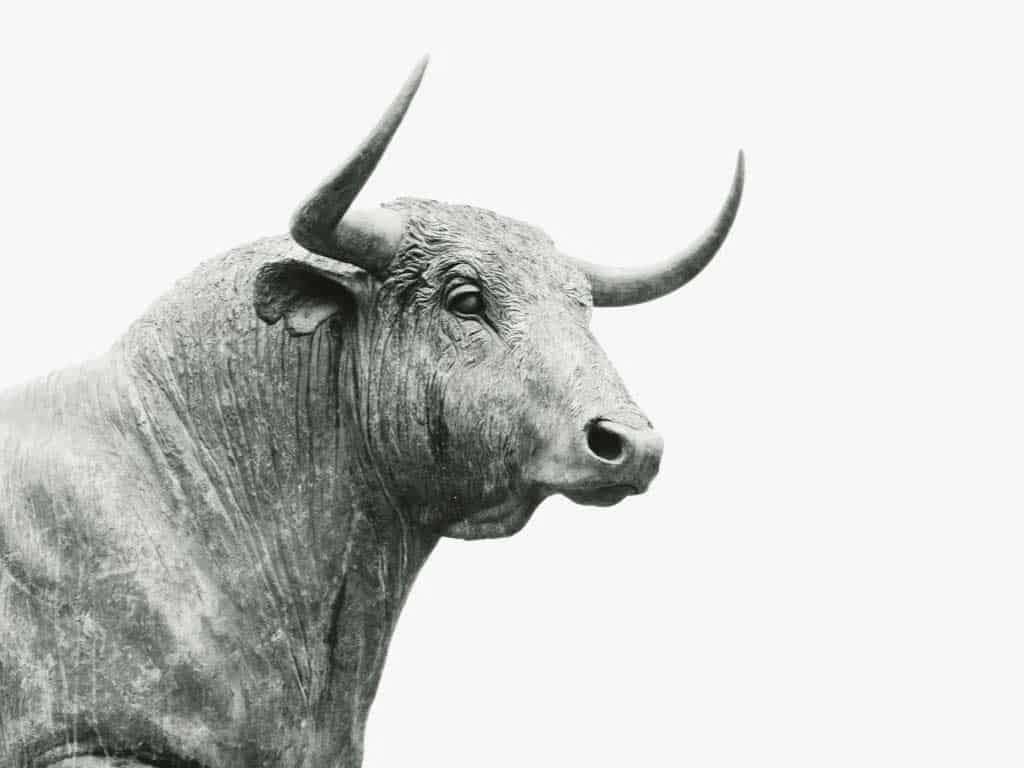
Although I’m already familiar with most of the topics in Ryan Holiday’s new book, Stillness is the Key (book summary), I’m grateful that the book introduced me to this story. Holiday says:
One of the best stories in Zen literature is a series of ten poems about a farmer and his trouble with a bull. The poems are an allegory about conquering the self, and the titles of each one map out the journey that each of us must go on: We search for the bull, we track the footprints, we find it, we catch it, we tame it, we ride it home.
This immediately piqued my interest. It sounded like the Zen version of The Alchemist (book summary) or the hero’s journey from The Hero with a Thousand Faces (Amazon):
A hero ventures forth from the world of common day into a region of supernatural wonder: fabulous forces are there encountered and a decisive victory is won: the hero comes back from this mysterious adventure with the power to bestow boons on his fellow man. — Joseph Campbell
As a refresher, the original hero’s journey includes the following steps:
Stage 1: Separation or Departure
- “The Call to Adventure,” or the signs of the vocation of the hero
- “Refusal of the Call,” or the folly of the flight from the god
- “Supernatural Aid,” the unsuspected assistance that comes to one who has undertaken his proper adventure
- “The Crossing of the first Threshold”
- “The Belly of the Whale,” or the passage into the realm of night
Stage 2: Trials and Victories of Initiation
- “The Road of Trials,” or the dangerous aspect of the gods
- “The Meeting with the Goddess” (Magna Mater), or the bliss of infancy regained
- “Woman as the Temptress,” the realization and agony of Oedipus
- “Atonement with the Father”
- “Apotheosis”
- “The Ultimate Boon”
Stage 3: Return and Reintegration with Society
- “Refusal of the Return,” or the world denied
- “The Magic Flight,” or the escape of Prometheus
- “Rescue from Without”
- “The Crossing of the Return Threshold,” or the return to the world of common day
- “Master of the Two Worlds”
- “Freedom to Live,” the nature and function of the ultimate boon
Christopher Vogler, well known for his book The Writer’s Journey: Mythic Structure for Writers (Amazon), condensed Campbell’s 17 stages into 12 stages:
- Ordinary World
- Call to Adventure
- Refusal of the Call
- Meeting with the Mentor
- Crossing the First Threshold
- Tests, Allies, Enemies
- Approach to the Inmost Cave
- The Ordeal
- Reward
- The Road Back
- The Resurrection
- Return with the Elixir
Let’s see how the ten bulls or oxherding pictures compare.
What are the Ten Bulls or Ten Oxherding Pictures in Zen?
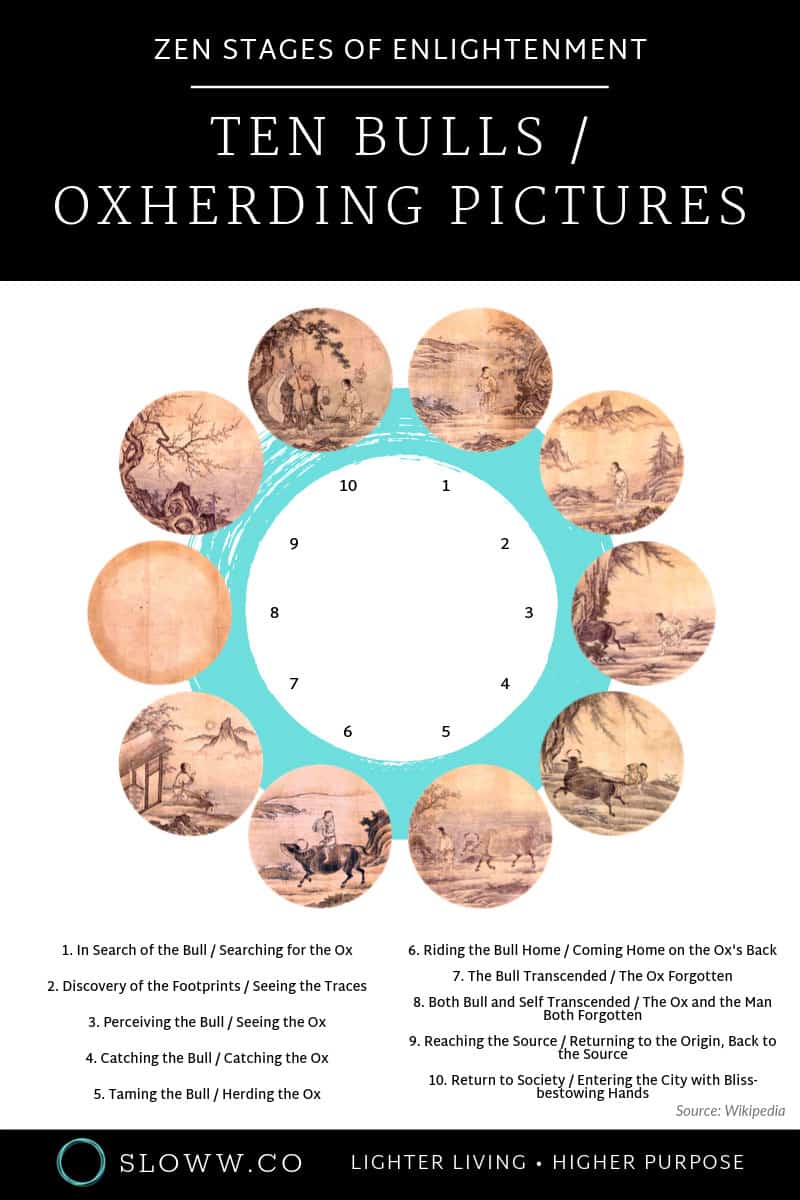
What is the origin of the Ten Bulls / Oxherding Pictures?
The earliest known version is roughly 1,000 years old. There are at least four well-known versions that have been created throughout history, and they have varying numbers of stages: one with 5 pictures, one with 6 pictures, another with 10 pictures.
It’s believed the original version ended at a picture of emptiness. However, the most popular versions today are the ones with 10 pictures that go beyond emptiness and show a return to the world. Some associate the ten pictures with the ten stages of the Bodhisattva path.
What is the meaning of the Ten Bulls / Oxherding Pictures?
- “The ‘Ten Bulls of Zen’ (or alternatively the ‘Ten Ox-herding Pictures of Zen’) is a metaphoric depiction of stages of self-realization…It remains one of the best models for describing the awakening process.”¹
- “Ten Bulls or Ten Ox Herding Pictures is a series of short poems and accompanying drawings used in the Zen tradition to describe the stages of a practitioner’s progress toward enlightenment, and his or her return to society to enact wisdom and compassion.“²
What do the seeker and the bull/ox represent?
- “The bull is the eternal principle of life, truth in action.“4
- “Our essential self is compared to an ox. We seek the ox, grasp it, tame it and finally the self which has always been seeking becomes completely one with the ox…The imperfect, limited, and relative self (the little child) awakens to the perfect, unlimited, and absolute essential self (the ox).“5
- “An ox-herder (representing the seeker or the separate self) and an ox or bull (representing our true, primordial nature, or the Ground of existence).”¹
Instead of providing further commentary or explanations of each stage, I’m going to leave it up to your interpretation in the spirit of this quote:
The artist performs only one part of the creative process. The onlooker completes it, and it is the onlooker who has the last word. — Marcel Duchamp
Rather watch it instead of reading? This video is nicely animated—you actually feel like you’re on a journey. This version is different from what I’ve included below, but you still get the same message of the story.
Zen Stages of Enlightenment: The Ten Bulls or Ten Oxherding Pictures
Note: Images & text sourced from Wikipedia²
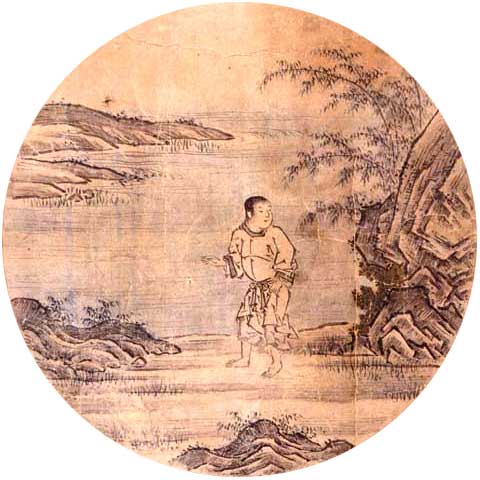
1. In Search of the Bull / Searching for the Ox
In the pasture of the world,
I endlessly push aside the tall
grasses in search of the Ox.
Following unnamed rivers,
lost upon the interpenetrating
paths of distant mountains,
My strength failing and my vitality
exhausted, I cannot find the Ox.
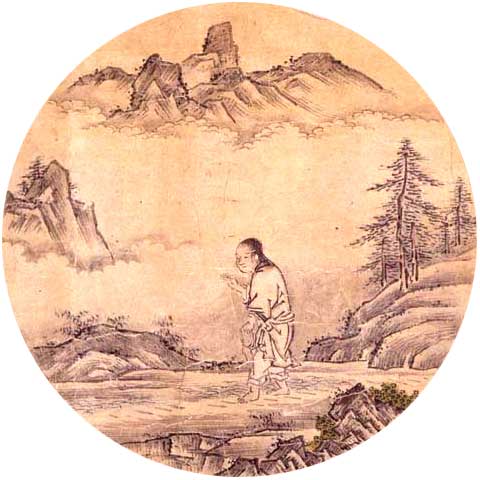
2. Discovery of the Footprints / Seeing the Traces
Along the riverbank under the trees,
I discover footprints.
Even under the fragrant grass,
I see his prints.
Deep in remote mountains
they are found.
These traces can no more be hidden
than one’s nose, looking heavenward.
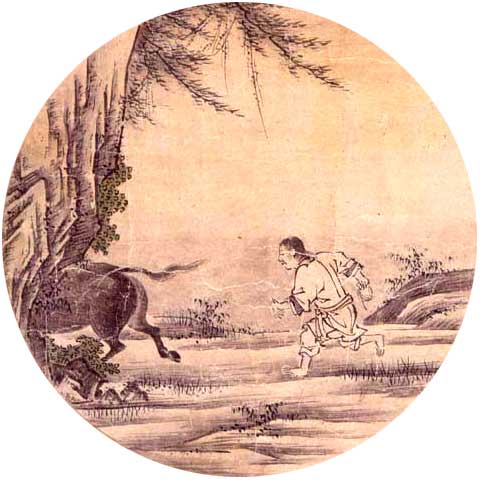
3. Perceiving the Bull / Seeing the Ox
I hear the song of the nightingale.
The sun is warm, the wind is mild,
willows are green along the shore –
Here no Ox can hide!
What artist can draw that massive head,
those majestic horns?
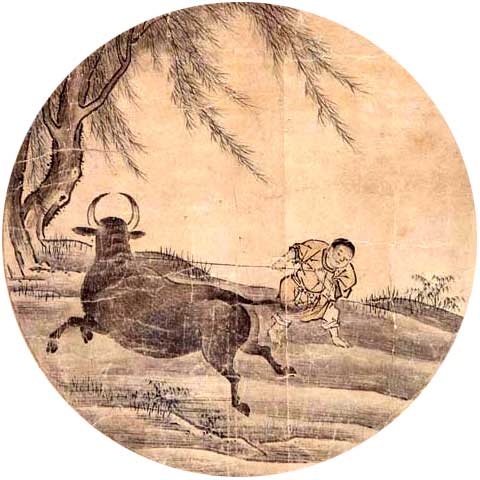
4. Catching the Bull / Catching the Ox
I seize him with a terrific struggle.
His great will and power
are inexhaustible.
He charges to the high plateau
far above the cloud-mists,
Or in an impenetrable ravine he stands.
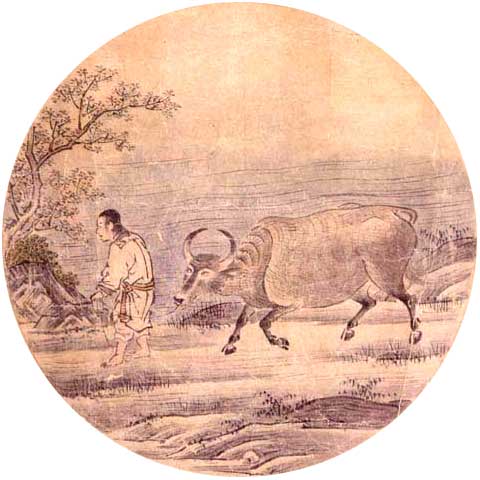
5. Taming the Bull / Herding the Ox
The whip and rope are necessary,
Else he might stray off down
some dusty road.
Being well-trained, he becomes
naturally gentle.
Then, unfettered, he obeys his master.
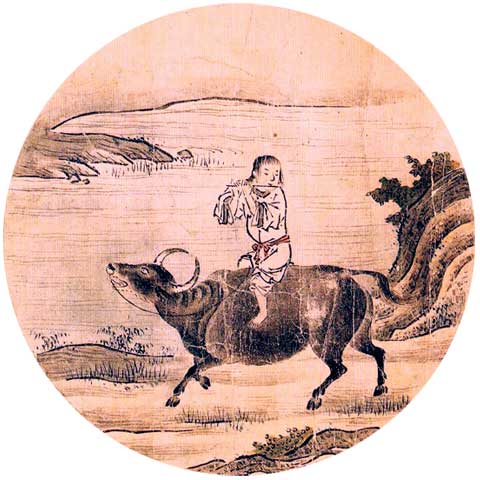
6. Riding the Bull Home / Coming Home on the Ox’s Back
Mounting the Ox, slowly
I return homeward.
The voice of my flute intones
through the evening.
Measuring with hand-beats
the pulsating harmony,
I direct the endless rhythm.
Whoever hears this melody
will join me.
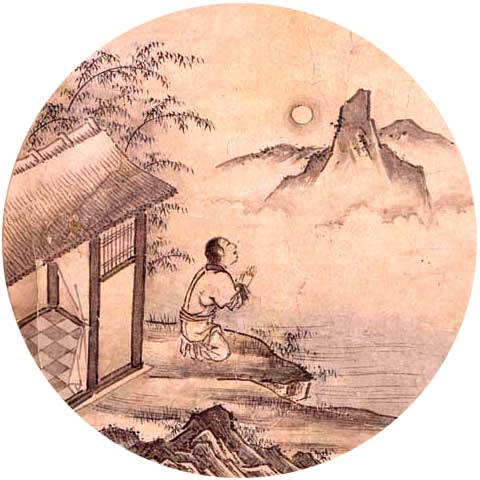
7. The Bull Transcended / The Ox Forgotten
Astride the Ox, I reach home.
I am serene. The Ox too can rest.
The dawn has come. In blissful repose,
Within my thatched dwelling
I have abandoned the whip and ropes.

8. Both Bull and Self Transcended / The Ox and the Man Both Forgotten
Whip, rope, person, and Ox –
all merge in No Thing.
This heaven is so vast,
no message can stain it.
How may a snowflake exist
in a raging fire.
Here are the footprints of
the Ancestors.
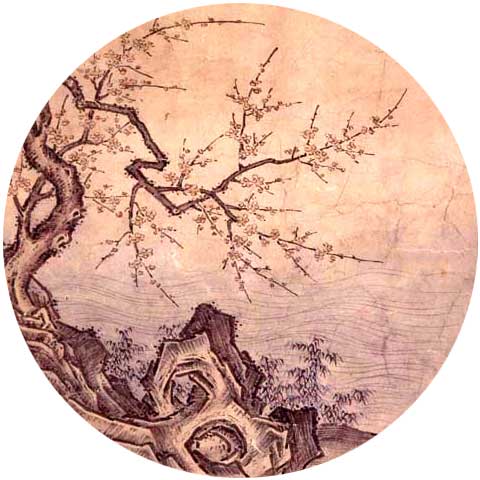
9. Reaching the Source / Returning to the Origin, Back to the Source
Too many steps have been taken
returning to the root and the source.
Better to have been blind and deaf
from the beginning!
Dwelling in one’s true abode,
unconcerned with and without –
The river flows tranquilly on
and the flowers are red.
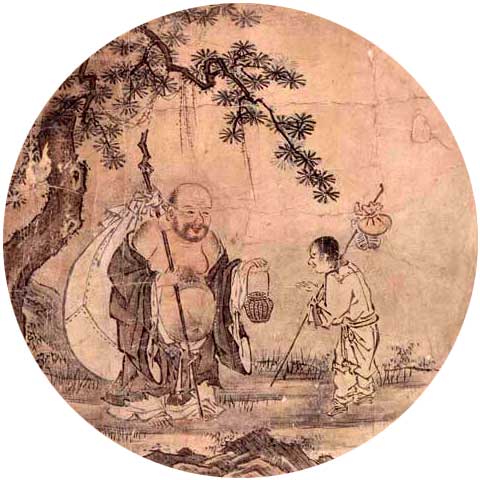
10. Return to Society / Entering the City with Bliss-bestowing Hands
Barefooted and naked of breast,
I mingle with the people of the world.
My clothes are ragged and dust-laden,
and I am ever blissful.
I use no magic to extend my life;
Now, before me, the dead trees
become alive.
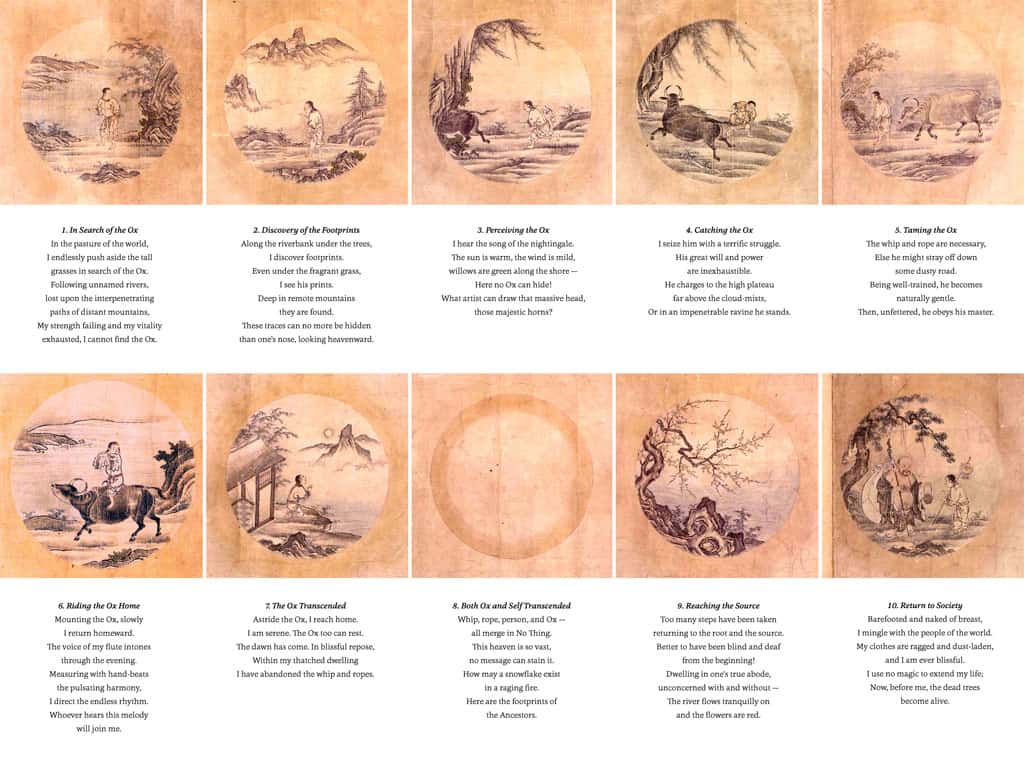
You May Also Enjoy:
- See all short, simple stories
- On Enlightenment: 3 Meanings of the “Chop Wood, Carry Water” Zen Quote
- Mindful at Mealtime: The Zen Buddhism Five Reflections
- The World’s Timeless Wisdom from “Stillness is the Key” by Ryan Holiday (Book Summary)
- 10 Life-Transforming Themes from “Tao Te Ching” by Lao Tzu (Book Summary)
Footnotes:
- http://www.ptmistlberger.com/the-ten-bulls-of-zen.php
- https://en.wikipedia.org/wiki/Ten_Bulls
- http://www.columbia.edu/cu/weai/exeas/resources/oxherding.html
- http://www.deeshan.com/zen.htm
- https://terebess.hu/english/oxherding.html
- https://www.reddit.com/r/nihilism/comments/9gsiw8/ten_oxherding_pictures/




